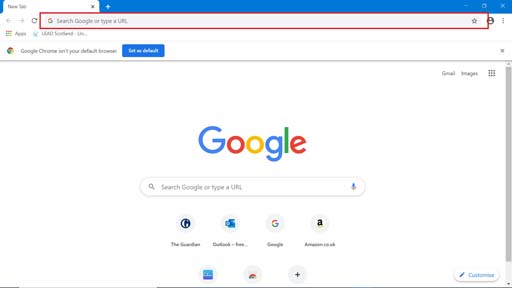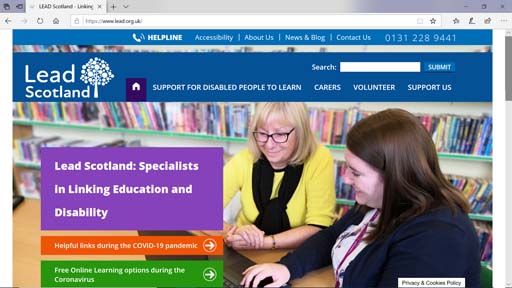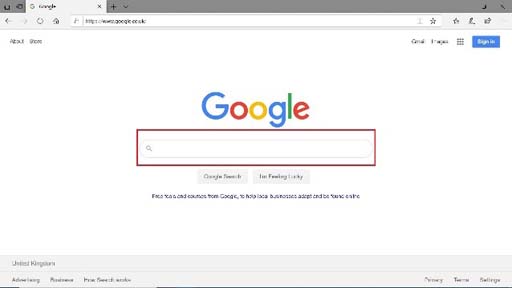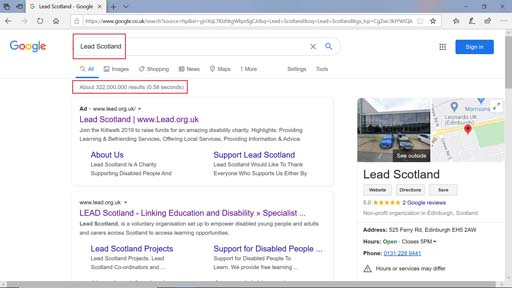Web browsers and search engines
Your computer will come with a browser already installed. Microsoft’s Edge is the browser typically installed, but if your computer is an Apple Mac, the browser will be Safari. You can choose to use a different browser if you wish. The browser will appear as an icon on your screen that you click on to access the internet.
The image below shows the icons for the four main web browsers. Microsoft’s Edge or Internet Explorer icon is the letter ‘e’; Mozilla’s Firefox is a fox and globe; Google’s Chrome is a red, yellow, green and blue circle; and Apple’s Safari is a compass symbol.

Show description|Hide descriptionWeb browser icons for Google’s Chrome, Microsoft’s Edge, Mozilla’s Firefox, Opera and Apple’s Safari.
A web browser uses a search engine to retrieve information from the world wide web. A search engine is a software program that allows you to search for a particular item. Google and Yahoo are the most popular search engines. Looking things up on the internet is often called ‘googling’ because so many people use Google’s search engine.
The functions of a web browser and a search engine are slightly different. If you know the address (URL) of the website you are looking for, you can type it into the address bar at the top of your browser. This is also called a location bar or URL bar.

Show description|Hide descriptionA screenshot of a Google web page with the address bar outlined in red.
Lead Scotland’s address, or URL, is https://www.lead.org.uk/ [Tip: hold Ctrl and click a link to open it in a new tab. (Hide tip)] . When you put this URL in the address bar, you should see the screen below.

Show description|Hide descriptionA screenshot of the Lead Scotland website’s home page. It includes links to sections titled ‘Support for disabled people to learn’, ‘Carers’, ‘Volunteer’ and ‘Support us’. It also features highlighted information on learning options and services during the Coronavirus pandemic.
If you don’t have the URL of the website, you can type ‘Lead Scotland’ into a search engine, such as Google. A search engine will help you find out just about anything you want. If you use your browser to access the Google web page, it will come up with a search box.

Show description|Hide descriptionA screenshot of a Google web page with the search box outlined in red.
You can type what you’re looking for into the search box and Google will find the relevant web pages from the web servers and display them in a list. Search engines will provide pages of information relating to your search words, not just the page you are looking for.
If you type ‘Lead Scotland’ into the Google search box, this is what comes up:

Show description|Hide descriptionA screenshot of a Google web page with the results of ‘Lead Scotland’ search. The Lead Scotland home page is listed, as well as other pages from their site, including project and contact pages. The headings of each page are in blue. Beneath these results is a link to Lead Scotland on Twitter and details from Google Maps are to the right of the page, capturing the organisation’s location, address and telephone number. The search term and number of results found are outlined in red.
Google found 322,000,000 results in 0.58 seconds. That means you could go through millions of web pages or documents that mention Lead Scotland. Helpfully, the search engine will list them in order of relevance, so the first one will usually be the website you are looking for. If you click on the text in blue, it takes you to the website full of information about what you searched for. This is called a link or hyperlink.





